#antropomorphic city
Text

🏘days 11-30🏘
3 minute fastdraw challenge
1 note
·
View note
Photo

#books#cartoons#antropomorphic mice#geronimo stilton#macskafogó#emily and alexander#rumini#the country mouse and the city mouse adventures
13 notes
·
View notes
Text
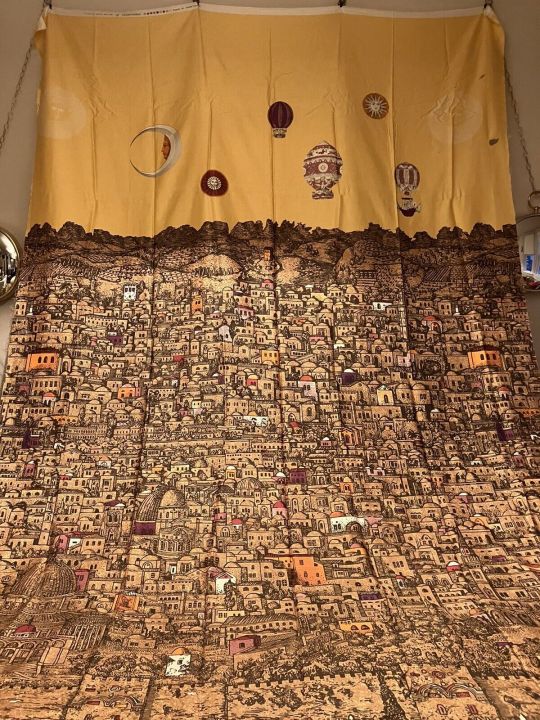





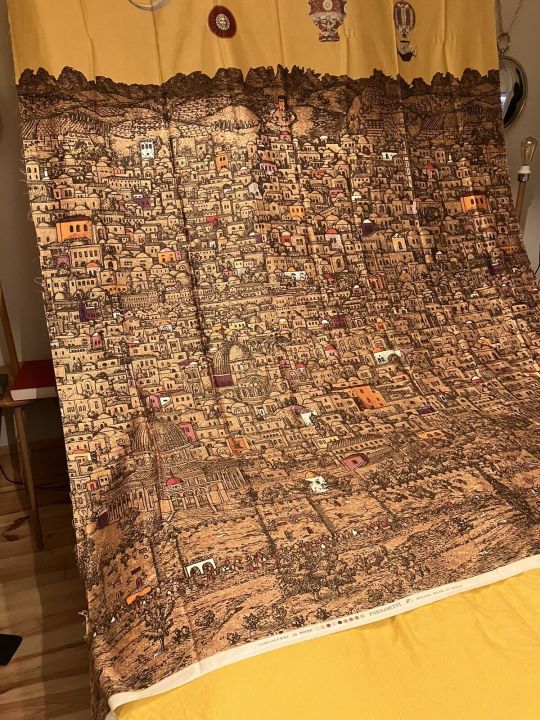





RARE VINTAGE FORNASETTI FABRIC FULL PANEL + GERUSALEMME DI NOTTE IN COLOUR ebay singing_bride88
10 notes
·
View notes
Text
two of my oldest oc's (finally felt like reviving them), Fiver the red fox, a professional thief and her partner in crime Shewver, who live in RiverCity "a "grim" seaside town with tall buildings, often cloudy and with rainy weather in the years 2000". (possibly both will appear again 🙂

0 notes
Text

1 note
·
View note
Text
robot dreams
man, ill never be able to hear september by earth wind and fire the same way again.
this is the most adorable love letter to new york in the 80's that you will ever see. this is the new york i grew up with in movies and tv shows in the 90's and to see it depicted with this much careful detail and delicious fun was just one hell of a good time.
its... a weird movie, ill say. it starts a little too mindlessly cute, then it progresses through a series of adorable and incredibly endearing vignettes and ends in a surprisingly bittersweet ending, with perhaps more sweet than bitter but still.
its a movie for the whole family that examines in a surprisingly mature way the little absurd insatisfactions of every day life and the nuances of friendships and human relationships. sometimes people drift apart through no fault of their own and this can be sad but also its a part of life. and life moves on and one learn to be happy with the new doors life opens.(1) its one of those movies with a zest for life, the lovingly renders the thousand little tiny beauties and frustations of mundanity.
also, i love any story that grabs antropomorphic animals living in a city and truly has fun with the concept, some of the best anthros ive seen in a movie in a long while, it is overflowing with personality and character and charm.
7/10
(1) spoilers: but also, on a deeper level this is pure cope, the fact that the dog and the robot dont get together at the end is pure bullshit and i am so mad about it >:(
12 notes
·
View notes
Note
Could you talk about Shalim and Shahar? I'm assuming there's not that much about them, but I think they sound interesting. I'm also curious about whether the info on their Wikipedia pages is accurate.
Yeah, sure thing.
Shahar's just about the Bible so of course it is not accurate. Imagine if Siris' page was about tracking down every time the common word "wine" appears in the Bible!
Shalim's has an absolute abomination in it, "likely Asherah (Athirat or Anat)," this level of depraved longing for full interchangeability of goddesses (coupled here with illiteracy) frankly should result in social shunning at this point. I'm tired of fixing it. I'm tired of it being present even in peer reviewed publications. Granted, in Ugarit studies this longing is so strong even male deities get hit by it, for example mr. N. Wyatt is apparently obsessed with proving Yarikh is El which to me seems like an echo of these christian fundie “moon god Allah” graphics which were all the rage in the Bush era, I genuinely can’t think of any other explanation for this nonsense existing.
While I've seen MUCH worse, and honestly you can find 10x worse on wikipedia (which is part of why I did not really put these particularly high in my queue), both articles are weak because they are unconcerned with material evidence. You can't write a good article about a deity until you spent some time reading something like "grain distribution statistics from the Umma province" is what I firmly believe.
A good term to use to describe Shahar and Shalim in Ugarit would be "sort of irrelevant." Shahar never appears on his own, only as Shalim's cognomen. Shalim does receive offerings alone in some of the KTUs (Keilalphabetische Texte aus Ugarit, the most common designation for Ugaritic text, next to RS, which just stands for Ras Shamra) but as far as I know he's often near the very end, alongside deified instruments and censers. I think he also gets livers a few times, no clue if this indicates anything specific though (liver was the favored type of organ for divination, fwiw). As a pair, they appear in a single myth which is considered particularly confusing and gets regularly retranslated so the only things which we can say for certain is that both are children of El and that they are voracious (?). That "globetrotting" ritual text where deities are invoked from their cult centers just places them in the heavens rather than in any specific city or mountain like most of the rest.
The Akkadian cognate of Shahar, Šērum, had a bit more clout. He has no twin, though. Also, he inexplicably appears in the Nippur god list with grain deities, though followed by Tiranna (Manzat) and Mahdianna (Kabta), who are obviously astral. Interestingly, a description of his statue would indicate he was not antropomorphic: he had wings, the forelegs of a bovine, the body of a lion, and the face of a man. Interestingly, it is possible that the name of Ashur's... daughterwife (they were already arguing if she's his wife or daughter in the Neo-Assyrian period!)... Šerūʾa either was derived from the same root or received a folk etymology based on it. Gebhard Selz also thinks the "Sumerian" counterpart of Aya, Sherida, was derived from the same word, and personally I find his argument sound, though note it is not universally accepted, see here.
11 notes
·
View notes
Photo
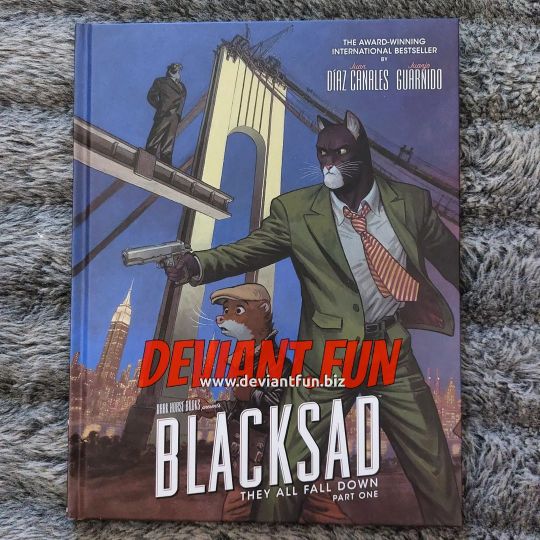
BOOK PREVIEW - NEW RELEASE BLACKSAD - THEY ALL FALL DOWN PART 1 https://www.deviantfun.biz/comics/en/comics/12587-blacksad-they-all-fall-down-part-one-9781506730578.html Better star here, though: https://www.deviantfun.biz/comics/en/comics/7049-blacksad-1-3-hc-9781595823939.html One of the most celebrated antropomorphic characters in comics, no doubt. So happy that Dark Horse restarted launching beautiful oversized hardcovers of the world’s greatest decattive! The long-awaited return of hardboiled feline P.I. Blacksad in the latest tour de force from the multiple-award-winning duo of writer Juan D�az Canales and artist Juanjo Guarnido! After a seven-year hiatus, this worldwide noir bestseller returns to American shores with a brand-new two-part storyline. Detective John Blacksad deals with the mob, the unions, and mid-century "master builder" Lewis Solomon, who plans to pave over New York City's green spaces, come hell or high water. While Blacksad must navigate from the lofty world of 1950s theater all the way to the city's seedy depths, Solomon looms above it all in pursuit of his own dreams--but at what cost? Meanwhile, Weekly finds himself in the hot seat just as an old flame comes back to burn his pal Blacksad! "A tour de force! Don't miss this!"--Neal Adams "Grade A!"--Entertainment Weekly "Brilliant art and an unusual display of anthropomorphic realism."--Will Eisner "Ranks among the very best cartooning I've ever seen in comics."--iFanboy https://www.instagram.com/p/CiGaxMBsAj_/?igshid=NGJjMDIxMWI=
0 notes
Photo
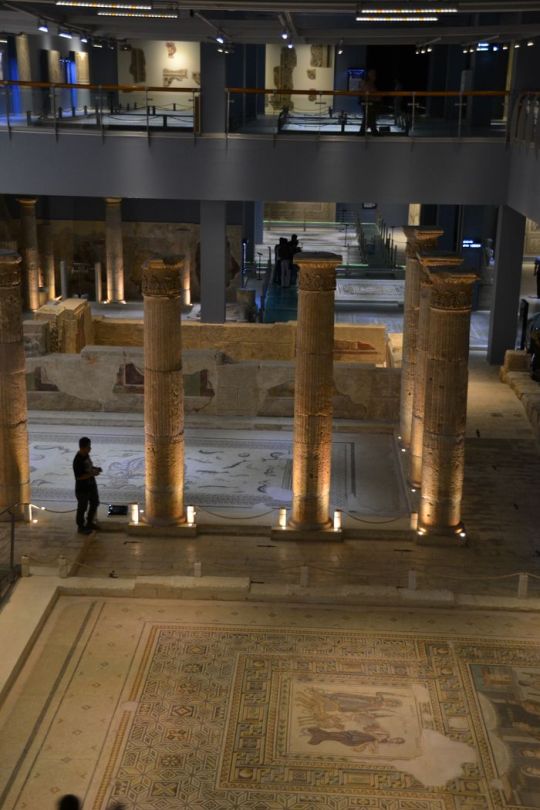
From the goldsmiths’ shops of Asia Minor
From the goldsmiths’ shops of Asia Minor a vast number of silver phiales made their way into Thrace; they were found here not only as funeral gifts in the tombs of noble Thracians, but also as part of the treasures, such as the treasure found in Loukovit, for instance, dating back to the 4th —3rd century B. C. i National Museum, Sofia). Among the numerous funeral gifts found in the Mezek tomb, a bronze candelabrum stands out with its exquisite work; it is crowned with the figure of a dancing satyr, one of the most exquisite pieces of ancient sculpture in bronze, dating back to the end of the 4th century.
Among all the articles imported into Thrace and found so far the vessels of the golden treasure found at Panagyurishte take pride of place for artistic workmanship; they are now in the Plovdiv Museum . This treasure consists of nine vessels: four zoomorphic rhyta, three antropomorphic beakers, one flat phiale and an amphora with handles shaped like centaurs, all made of pure gold and weighing 6.164 kg. The vessels are richly decorated with figure compositions, taken from Greek mythology. They are a wonderful table set. All indications are that they came from a great centre of the Flellenistic East.
Thracian necropolises
If the Thracian necropolises of the classical period unequivocally reveal Thrace’s close cultural links with the antique world around it, the considerable treasures of coins minted by the indigenous tribes, the antique cities and Hellenic rulers known to us so far are eloquent of the extensive economic foundations upon which these relations were built up, and which made it possible for extensive trade to develop between these countries and Thrace holidays bulgaria.
The presence of such a large number of works of art made in Greece in the tombs of Thracian nobles clearly shows the high level of cultural refinement among the Thracian aristocracy of that day, and the changes which were taking place in their way of living, which was beginning to resemble the system of the slave-owners of the antique world. Greek cultural influences only reached a narrow circle of Thracian society at first, but gradually extended to ever wider strata.
However, the Thracian necropolises reveal another side of Thracian culture as well. They also contain articles which have nothing in common with the artistic conceptions of antique art. On the contrary, they stand in the closest relation to the so-called «animal style», characteristic of the art of many tribes and peoples who were at the pre-class and early-class stage of development in Europe and the Old Eastern World.
0 notes
Photo
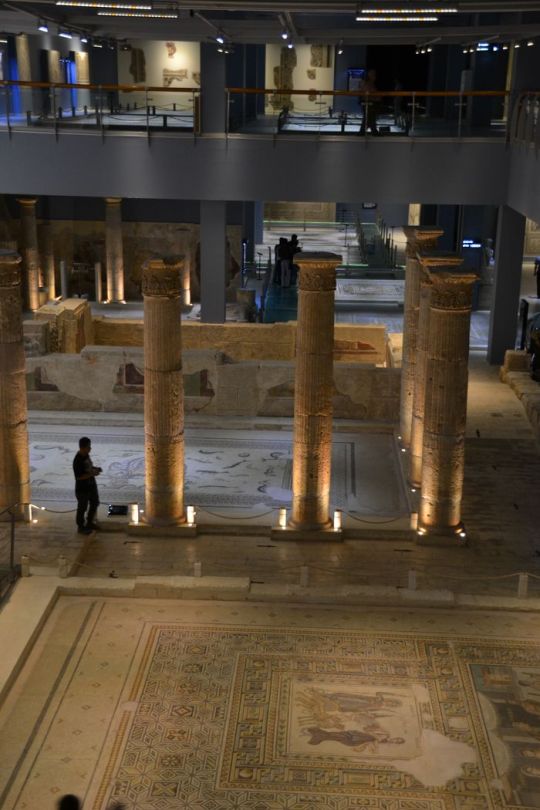
From the goldsmiths’ shops of Asia Minor
From the goldsmiths’ shops of Asia Minor a vast number of silver phiales made their way into Thrace; they were found here not only as funeral gifts in the tombs of noble Thracians, but also as part of the treasures, such as the treasure found in Loukovit, for instance, dating back to the 4th —3rd century B. C. i National Museum, Sofia). Among the numerous funeral gifts found in the Mezek tomb, a bronze candelabrum stands out with its exquisite work; it is crowned with the figure of a dancing satyr, one of the most exquisite pieces of ancient sculpture in bronze, dating back to the end of the 4th century.
Among all the articles imported into Thrace and found so far the vessels of the golden treasure found at Panagyurishte take pride of place for artistic workmanship; they are now in the Plovdiv Museum . This treasure consists of nine vessels: four zoomorphic rhyta, three antropomorphic beakers, one flat phiale and an amphora with handles shaped like centaurs, all made of pure gold and weighing 6.164 kg. The vessels are richly decorated with figure compositions, taken from Greek mythology. They are a wonderful table set. All indications are that they came from a great centre of the Flellenistic East.
Thracian necropolises
If the Thracian necropolises of the classical period unequivocally reveal Thrace’s close cultural links with the antique world around it, the considerable treasures of coins minted by the indigenous tribes, the antique cities and Hellenic rulers known to us so far are eloquent of the extensive economic foundations upon which these relations were built up, and which made it possible for extensive trade to develop between these countries and Thrace holidays bulgaria.
The presence of such a large number of works of art made in Greece in the tombs of Thracian nobles clearly shows the high level of cultural refinement among the Thracian aristocracy of that day, and the changes which were taking place in their way of living, which was beginning to resemble the system of the slave-owners of the antique world. Greek cultural influences only reached a narrow circle of Thracian society at first, but gradually extended to ever wider strata.
However, the Thracian necropolises reveal another side of Thracian culture as well. They also contain articles which have nothing in common with the artistic conceptions of antique art. On the contrary, they stand in the closest relation to the so-called «animal style», characteristic of the art of many tribes and peoples who were at the pre-class and early-class stage of development in Europe and the Old Eastern World.
0 notes
Text
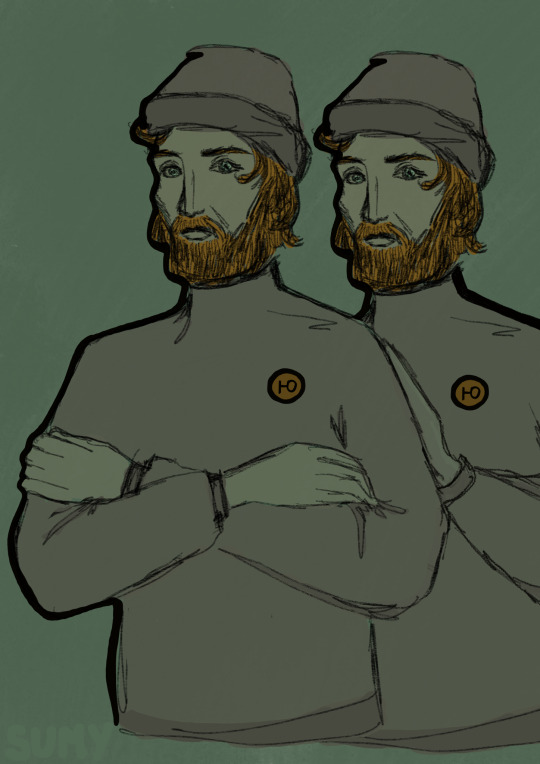
🛍️day 10: суми🛍️
crabby
Ю
Щ
…
0 notes
Photo

From the goldsmiths’ shops of Asia Minor
From the goldsmiths’ shops of Asia Minor a vast number of silver phiales made their way into Thrace; they were found here not only as funeral gifts in the tombs of noble Thracians, but also as part of the treasures, such as the treasure found in Loukovit, for instance, dating back to the 4th —3rd century B. C. i National Museum, Sofia). Among the numerous funeral gifts found in the Mezek tomb, a bronze candelabrum stands out with its exquisite work; it is crowned with the figure of a dancing satyr, one of the most exquisite pieces of ancient sculpture in bronze, dating back to the end of the 4th century.
Among all the articles imported into Thrace and found so far the vessels of the golden treasure found at Panagyurishte take pride of place for artistic workmanship; they are now in the Plovdiv Museum . This treasure consists of nine vessels: four zoomorphic rhyta, three antropomorphic beakers, one flat phiale and an amphora with handles shaped like centaurs, all made of pure gold and weighing 6.164 kg. The vessels are richly decorated with figure compositions, taken from Greek mythology. They are a wonderful table set. All indications are that they came from a great centre of the Flellenistic East.
Thracian necropolises
If the Thracian necropolises of the classical period unequivocally reveal Thrace’s close cultural links with the antique world around it, the considerable treasures of coins minted by the indigenous tribes, the antique cities and Hellenic rulers known to us so far are eloquent of the extensive economic foundations upon which these relations were built up, and which made it possible for extensive trade to develop between these countries and Thrace holidays bulgaria.
The presence of such a large number of works of art made in Greece in the tombs of Thracian nobles clearly shows the high level of cultural refinement among the Thracian aristocracy of that day, and the changes which were taking place in their way of living, which was beginning to resemble the system of the slave-owners of the antique world. Greek cultural influences only reached a narrow circle of Thracian society at first, but gradually extended to ever wider strata.
However, the Thracian necropolises reveal another side of Thracian culture as well. They also contain articles which have nothing in common with the artistic conceptions of antique art. On the contrary, they stand in the closest relation to the so-called «animal style», characteristic of the art of many tribes and peoples who were at the pre-class and early-class stage of development in Europe and the Old Eastern World.
0 notes
Photo
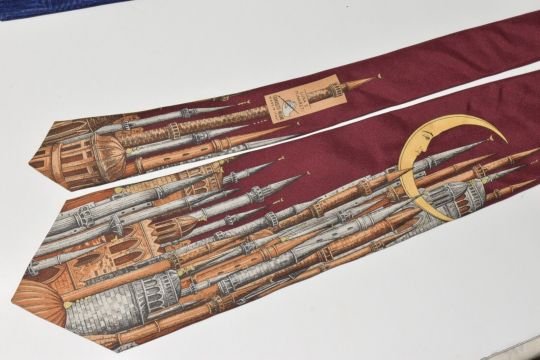

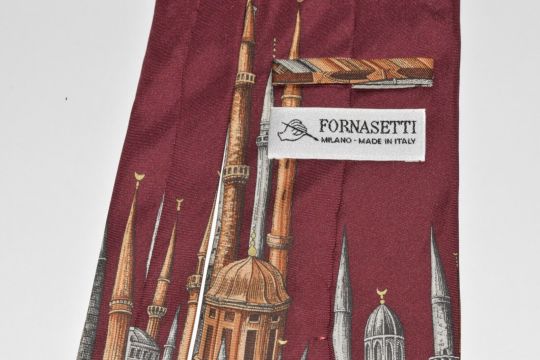
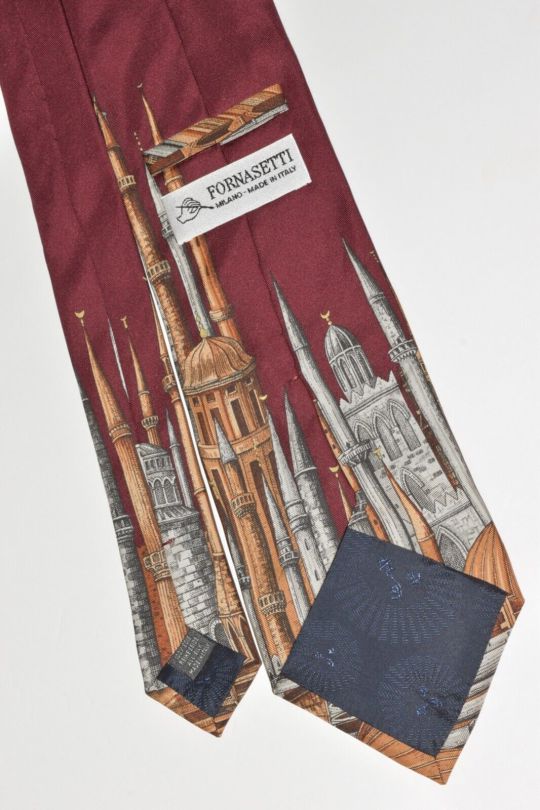

FORNASETTI LUNA E MINARETI RED NECK Tie W4 BY L60 made in Italy ebay josephpp1703
42 notes
·
View notes
Photo
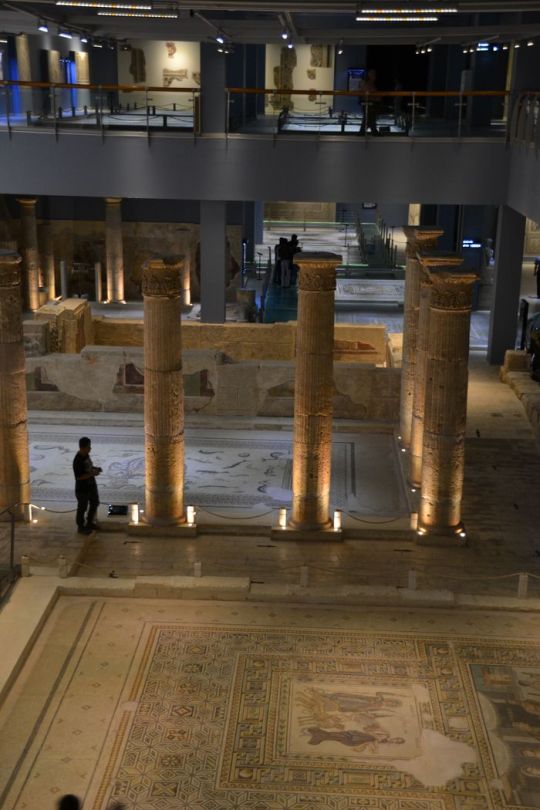
From the goldsmiths’ shops of Asia Minor
From the goldsmiths’ shops of Asia Minor a vast number of silver phiales made their way into Thrace; they were found here not only as funeral gifts in the tombs of noble Thracians, but also as part of the treasures, such as the treasure found in Loukovit, for instance, dating back to the 4th —3rd century B. C. i National Museum, Sofia). Among the numerous funeral gifts found in the Mezek tomb, a bronze candelabrum stands out with its exquisite work; it is crowned with the figure of a dancing satyr, one of the most exquisite pieces of ancient sculpture in bronze, dating back to the end of the 4th century.
Among all the articles imported into Thrace and found so far the vessels of the golden treasure found at Panagyurishte take pride of place for artistic workmanship; they are now in the Plovdiv Museum . This treasure consists of nine vessels: four zoomorphic rhyta, three antropomorphic beakers, one flat phiale and an amphora with handles shaped like centaurs, all made of pure gold and weighing 6.164 kg. The vessels are richly decorated with figure compositions, taken from Greek mythology. They are a wonderful table set. All indications are that they came from a great centre of the Flellenistic East.
Thracian necropolises
If the Thracian necropolises of the classical period unequivocally reveal Thrace’s close cultural links with the antique world around it, the considerable treasures of coins minted by the indigenous tribes, the antique cities and Hellenic rulers known to us so far are eloquent of the extensive economic foundations upon which these relations were built up, and which made it possible for extensive trade to develop between these countries and Thrace holidays bulgaria.
The presence of such a large number of works of art made in Greece in the tombs of Thracian nobles clearly shows the high level of cultural refinement among the Thracian aristocracy of that day, and the changes which were taking place in their way of living, which was beginning to resemble the system of the slave-owners of the antique world. Greek cultural influences only reached a narrow circle of Thracian society at first, but gradually extended to ever wider strata.
However, the Thracian necropolises reveal another side of Thracian culture as well. They also contain articles which have nothing in common with the artistic conceptions of antique art. On the contrary, they stand in the closest relation to the so-called «animal style», characteristic of the art of many tribes and peoples who were at the pre-class and early-class stage of development in Europe and the Old Eastern World.
0 notes
Photo

From the goldsmiths’ shops of Asia Minor
From the goldsmiths’ shops of Asia Minor a vast number of silver phiales made their way into Thrace; they were found here not only as funeral gifts in the tombs of noble Thracians, but also as part of the treasures, such as the treasure found in Loukovit, for instance, dating back to the 4th —3rd century B. C. i National Museum, Sofia). Among the numerous funeral gifts found in the Mezek tomb, a bronze candelabrum stands out with its exquisite work; it is crowned with the figure of a dancing satyr, one of the most exquisite pieces of ancient sculpture in bronze, dating back to the end of the 4th century.
Among all the articles imported into Thrace and found so far the vessels of the golden treasure found at Panagyurishte take pride of place for artistic workmanship; they are now in the Plovdiv Museum . This treasure consists of nine vessels: four zoomorphic rhyta, three antropomorphic beakers, one flat phiale and an amphora with handles shaped like centaurs, all made of pure gold and weighing 6.164 kg. The vessels are richly decorated with figure compositions, taken from Greek mythology. They are a wonderful table set. All indications are that they came from a great centre of the Flellenistic East.
Thracian necropolises
If the Thracian necropolises of the classical period unequivocally reveal Thrace’s close cultural links with the antique world around it, the considerable treasures of coins minted by the indigenous tribes, the antique cities and Hellenic rulers known to us so far are eloquent of the extensive economic foundations upon which these relations were built up, and which made it possible for extensive trade to develop between these countries and Thrace holidays bulgaria.
The presence of such a large number of works of art made in Greece in the tombs of Thracian nobles clearly shows the high level of cultural refinement among the Thracian aristocracy of that day, and the changes which were taking place in their way of living, which was beginning to resemble the system of the slave-owners of the antique world. Greek cultural influences only reached a narrow circle of Thracian society at first, but gradually extended to ever wider strata.
However, the Thracian necropolises reveal another side of Thracian culture as well. They also contain articles which have nothing in common with the artistic conceptions of antique art. On the contrary, they stand in the closest relation to the so-called «animal style», characteristic of the art of many tribes and peoples who were at the pre-class and early-class stage of development in Europe and the Old Eastern World.
0 notes
Photo

From the goldsmiths’ shops of Asia Minor
From the goldsmiths’ shops of Asia Minor a vast number of silver phiales made their way into Thrace; they were found here not only as funeral gifts in the tombs of noble Thracians, but also as part of the treasures, such as the treasure found in Loukovit, for instance, dating back to the 4th —3rd century B. C. i National Museum, Sofia). Among the numerous funeral gifts found in the Mezek tomb, a bronze candelabrum stands out with its exquisite work; it is crowned with the figure of a dancing satyr, one of the most exquisite pieces of ancient sculpture in bronze, dating back to the end of the 4th century.
Among all the articles imported into Thrace and found so far the vessels of the golden treasure found at Panagyurishte take pride of place for artistic workmanship; they are now in the Plovdiv Museum . This treasure consists of nine vessels: four zoomorphic rhyta, three antropomorphic beakers, one flat phiale and an amphora with handles shaped like centaurs, all made of pure gold and weighing 6.164 kg. The vessels are richly decorated with figure compositions, taken from Greek mythology. They are a wonderful table set. All indications are that they came from a great centre of the Flellenistic East.
Thracian necropolises
If the Thracian necropolises of the classical period unequivocally reveal Thrace’s close cultural links with the antique world around it, the considerable treasures of coins minted by the indigenous tribes, the antique cities and Hellenic rulers known to us so far are eloquent of the extensive economic foundations upon which these relations were built up, and which made it possible for extensive trade to develop between these countries and Thrace holidays bulgaria.
The presence of such a large number of works of art made in Greece in the tombs of Thracian nobles clearly shows the high level of cultural refinement among the Thracian aristocracy of that day, and the changes which were taking place in their way of living, which was beginning to resemble the system of the slave-owners of the antique world. Greek cultural influences only reached a narrow circle of Thracian society at first, but gradually extended to ever wider strata.
However, the Thracian necropolises reveal another side of Thracian culture as well. They also contain articles which have nothing in common with the artistic conceptions of antique art. On the contrary, they stand in the closest relation to the so-called «animal style», characteristic of the art of many tribes and peoples who were at the pre-class and early-class stage of development in Europe and the Old Eastern World.
1 note
·
View note